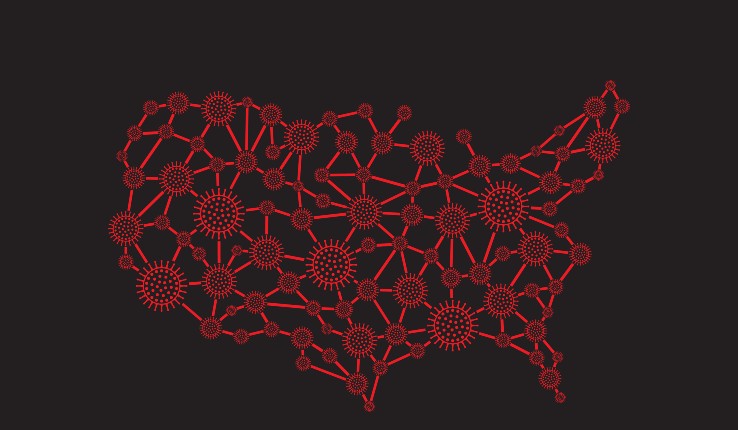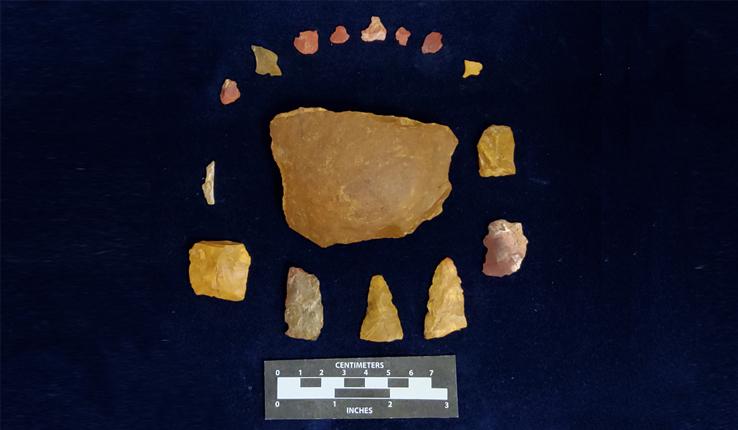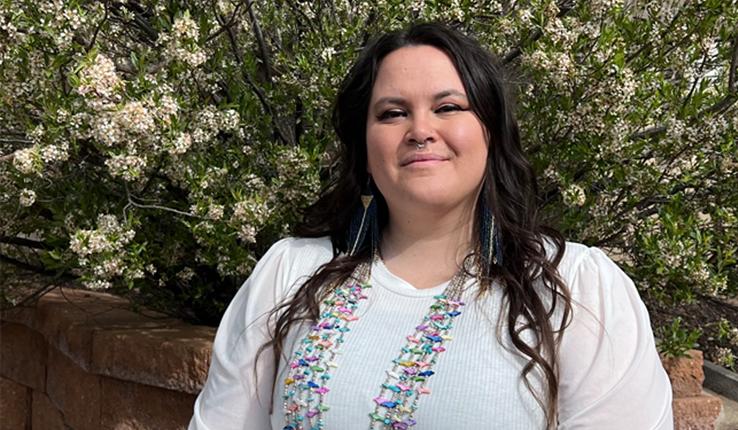In a report summary released Tuesday, Thomas McAndrew, a computational scientist and assistant professor at Lehigh's College of Health includes probabilistic forecasts of the impact of vaccines and variants on the U.S. COVID trajectory over the next few weeks. The goal of the report, says McAndrew, is "to support public health officials, infectious disease modeling groups and the general public"
Report highlights:
- A consensus of 91 forecasters predicts that the B.1.1.7. variant will be found in 42% of all genetic sequences with an S-gene mutation in the first two weeks of March and in 72% in all sequences between March 29 and April 4, 2021.
- The consensus among experts in the modeling of infectious disease and trained forecasters from Metaculus was that 55,420,000 people will have received at least one dose of a vaccine by Feb. 28. Generalist forecasters from Good Judgment Open (GJO), an online forecasting platform open to any interested member of the public, responded similarly with an implied median of 52,200,000 people receiving one or more vaccine doses. Preliminary data from the CDC shows 49,772,180 people have received an initial dose on Feb. 28.
- Consensus forecasts from both Metaculus and Good Judgment Open predicted a decrease in the rate of cases, deaths and hospitalizations for the last week of Feb (Feb. 21-27).
The team will share the information with members of the Centers for Disease Control and Prevention (CDC), the Council of State and Territorial Epidemiologists and members of MIDAS.
McAndrew's approach to forecasting is different from the traditional approach. Rather than build a computational model to predict cases, deaths and hospitalizations due to COVID, he asks experts and trained forecasters to predict these targets and combines their predictions into a single consensus forecast.
In addition, he and his team produce a metaforecast, which is a combination of an ensemble of computational models and their consensus forecast.
"The idea behind this approach is to combine computational models with human judgment to make more accurate predictions of the U.S. outbreak," says McAndrew.
Damon Luk ’21, an electrical engineering major and computer science minor, Allison Codi ’22, an IDEAS (Integrated Degree in Engineering, Arts and Sciences) major with a concentrations in Computer Science and Health, Medicine, and Society, as well as Cognitive Psychology postdoctoral researcher David Braun join McAndrew as first authors on the report. Additional authors include Juan Cambeiro and Tamay Besiroglu of Metaculus and Eva Chen and Luis Enrique Urtubey de C´esaris of Good Judgement Inc.





